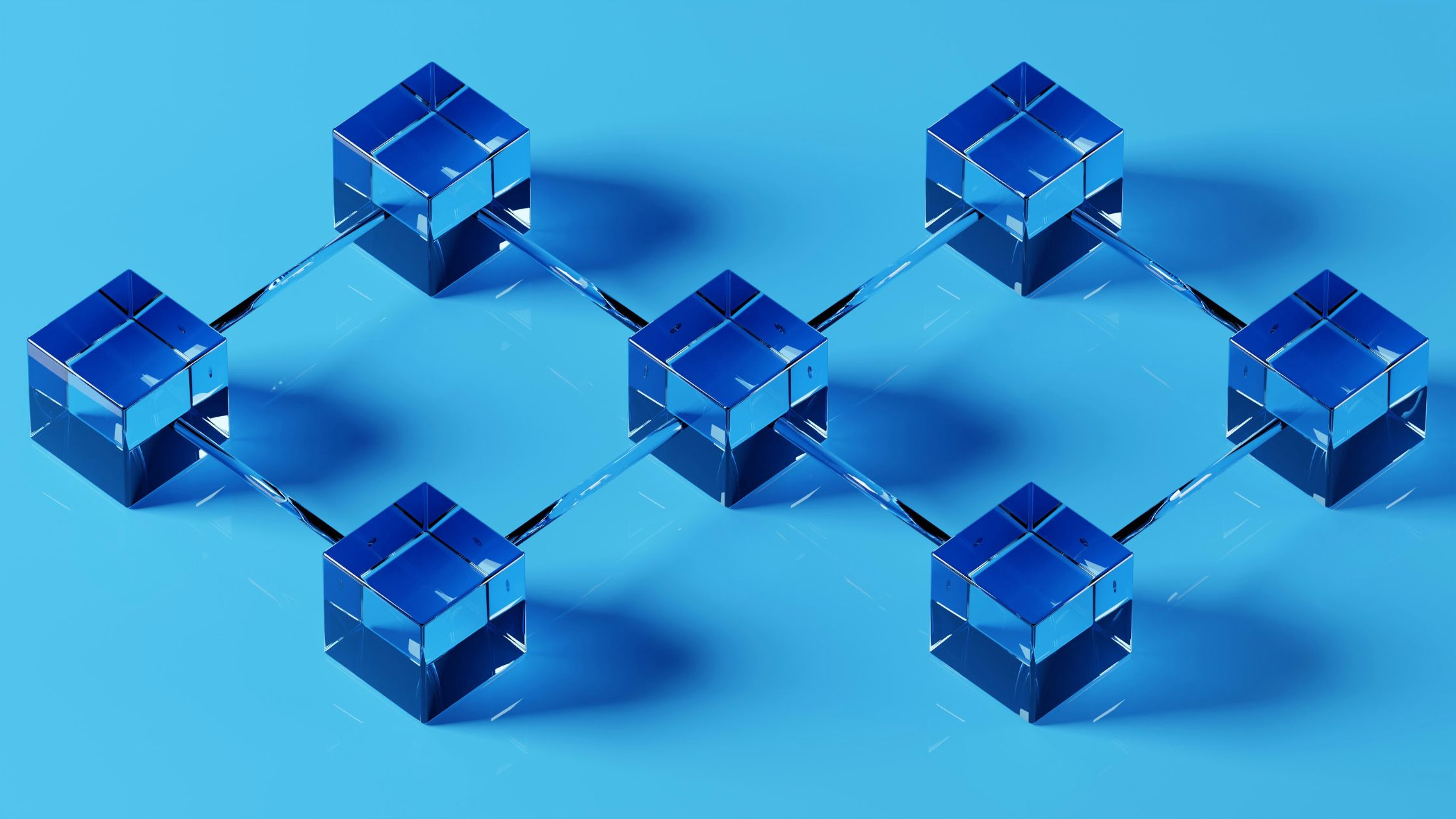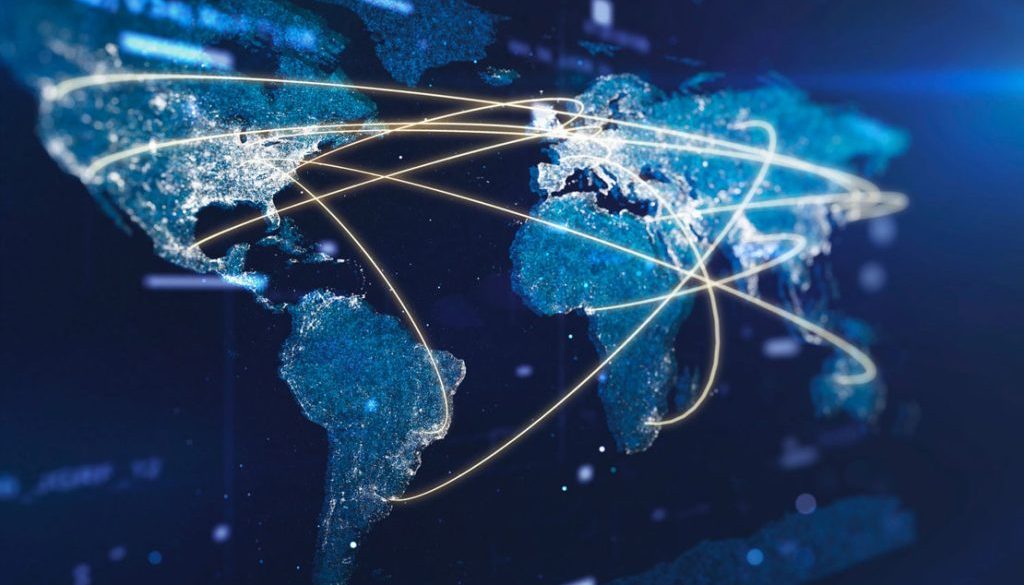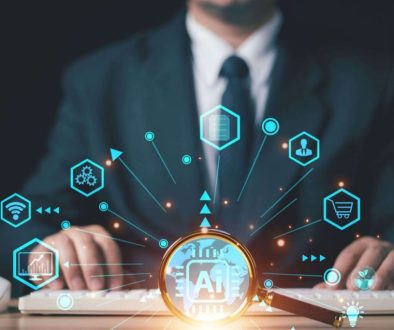The Future of the Web: How Web3, AI, and Decentralization Are Reshaping the Internet
The internet has come a long way since its early days of static web pages and dial-up connections. Over the past three decades, we’ve experienced the transition from Web1 (the “read-only” internet), to Web2 (interactive, social, and mobile-driven), and now, we’re entering a transformative new era—Web3, where decentralization, artificial intelligence (AI), and ownership are at the forefront.
As technology continues to evolve at an exponential pace, the web is no longer just a tool for browsing and communication; it is becoming an intelligent, immersive, and participatory ecosystem. In this article, we’ll explore key trends defining the future of the web, including Web3, AI integration, blockchain technologies, and the shift toward greater user empowerment.
Web3: Reimagining the Internet with Decentralization
At its core, Web3 is a vision for a decentralized internet. Unlike Web2, which is dominated by centralized platforms like Google, Meta, and Amazon, Web3 aims to distribute power back to users through technologies like blockchain, smart contracts, and decentralized applications (dApps).
Key Principles of Web3:
-
Decentralization: No single entity controls the network; data and infrastructure are distributed across nodes.
-
Ownership: Users own their data, digital assets, and identities.
-
Transparency: Open-source protocols and verifiable code increase trust.
-
Tokenization: Digital tokens or cryptocurrencies can represent assets, incentivize participation, or grant governance rights.
From decentralized finance (DeFi) platforms and NFT marketplaces to decentralized social networks and DAOs (decentralized autonomous organizations), Web3 is already influencing how we build and use the web.
Challenges:
-
User experience and interface design still lag behind centralized alternatives.
-
Regulatory uncertainties regarding crypto assets.
-
Energy consumption concerns (though mitigated by proof-of-stake consensus mechanisms like Ethereum’s transition).
Despite hurdles, Web3’s momentum continues to grow, especially among developers, startups, and forward-looking investors.
Artificial Intelligence and the Intelligent Web

AI is rapidly becoming embedded into the fabric of the web. With advances in natural language processing (NLP), computer vision, and machine learning (ML), the internet is evolving into an intelligent assistant rather than a static content library.
Real-World Applications:
-
Search engines like Google and Bing now integrate generative AI to deliver more contextual, conversational answers.
-
E-commerce platforms use AI for product recommendations, inventory optimization, and customer service.
-
Content creation tools powered by AI are enabling users to generate blogs, designs, music, and videos in minutes.
-
AI chatbots and virtual assistants are streamlining customer support and business operations.
The rise of Generative AI—tools like ChatGPT, Midjourney, and Runway—has democratized access to creativity and productivity like never before.
What’s Next?
The convergence of AI and Web3 may lead to decentralized AI agents—autonomous programs that operate independently on the blockchain. Imagine AI that serves you, not a corporation, and that you can directly control or customize.
The Rise of the Creator Economy
One of the most profound shifts in the web’s evolution is the emergence of the creator economy, where individuals monetize their skills, content, or influence directly with their audiences—without relying on traditional gatekeepers.
Web3 is empowering creators even further by:
-
Allowing direct ownership of digital assets (e.g., NFTs, domain names, content).
-
Enabling token-based communities, where fans can invest in or support creators through utility tokens or DAOs.
-
Offering new revenue models—such as micropayments, subscriptions, or smart contracts that ensure automatic royalties.
Platforms like Mirror.xyz (for publishing), Zora (for minting NFTs), and Rally (for creator coins) are part of a growing ecosystem supporting creators on their own terms.
The Evolving Web Design and UX Landscape
As technology becomes more advanced, so do expectations around design and usability. Modern websites and applications are moving toward cleaner, faster, more personalized experiences.
Emerging Trends in Web Design:
-
Minimalist interfaces with a focus on functionality and clarity.
-
Dark mode and adaptive themes for visual comfort.
-
Micro-interactions (small animations) for engagement.
-
Headless CMS architectures separating content management from frontend delivery for flexibility.
-
AI-assisted UX design, where AI helps generate layouts or A/B test interfaces in real time.
Accessibility is also becoming a key priority. With regulations like WCAG (Web Content Accessibility Guidelines), inclusive design ensures digital spaces are usable for people of all abilities.
The Metaverse and Spatial Web
The concept of the metaverse—a persistent, immersive, 3D digital world—is still evolving, but it’s already impacting the future of the web.
While early hype has cooled, tech giants like Meta, Apple, and Google are still investing heavily in AR/VR, spatial computing, and wearable tech. Meanwhile, platforms like Decentraland, The Sandbox, and Roblox are testing how virtual economies, avatars, and ownership could redefine online interaction.
Key innovations include:
-
Spatial browsing: Moving from 2D web pages to immersive environments.
-
Digital twins: Real-world objects and places replicated virtually.
-
Haptics and XR (Extended Reality): Merging physical and digital experiences.
The success of the metaverse hinges on interoperability, hardware adoption, and meaningful use cases—but its influence on web innovation is undeniable.
Cybersecurity and Privacy in a Transparent Web

With greater digital freedom comes increased responsibility. As more users take control of their data and assets, cybersecurity and privacy are becoming non-negotiable pillars of web development.
Key concerns include:
-
Data breaches and ransomware attacks.
-
Identity theft and phishing schemes.
-
Ethical use of AI (e.g., deepfakes, surveillance).
-
Centralized vulnerabilities in otherwise decentralized systems.
Solutions on the rise:
-
Zero-trust security models that require continuous verification.
-
Decentralized identity (DID) systems, where users own and control credentials.
-
End-to-end encryption becoming standard for communication and data storage.
Regulations like GDPR (EU), CCPA (California), and newer frameworks in Asia and Africa are pushing companies to be more transparent and accountable.
Conclusion: A Smarter, Freer, and More Empowered Web
The future of the web is not just about faster loading speeds or better apps. It’s about rethinking power dynamics, enabling participation, and creating a more intelligent, inclusive, and adaptable digital world.
As we move into the next era:
-
Web3 will redefine ownership and control.
-
AI will make the web smarter and more helpful.
-
Design and experience will be more personalized, inclusive, and immersive.
-
Security and transparency will be built into the foundation, not added as an afterthought.
Whether you’re a developer, entrepreneur, designer, or everyday user, this is a time of tremendous opportunity to shape how the next generation of the web is built and experienced.




